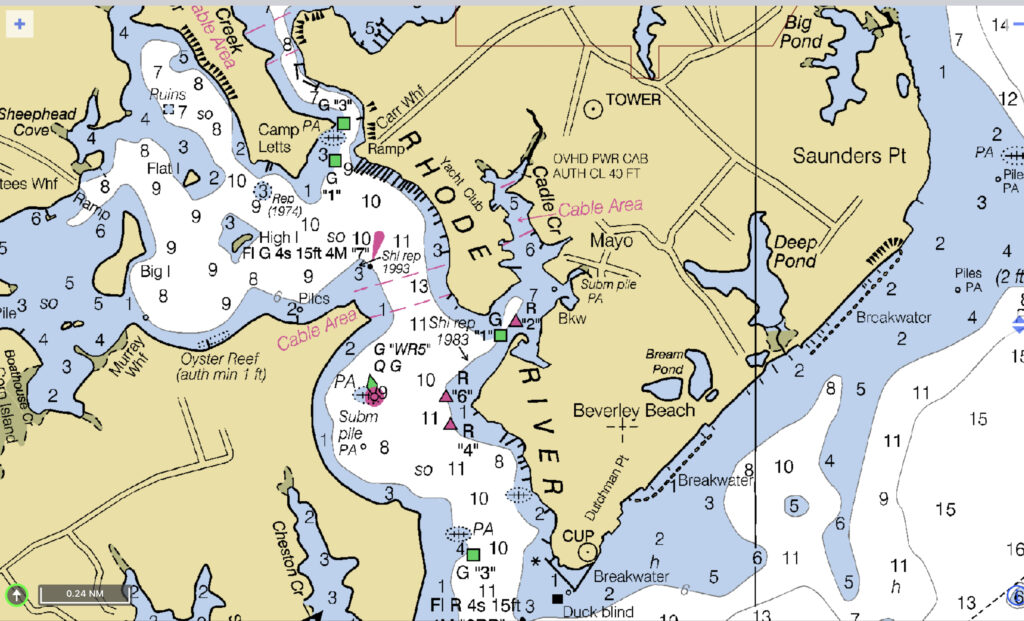Students in a Storm
One night when I was teaching sailing for the Annapolis Sailing School during college, a storm rolled through the cove where our fleet was anchored. The instructors stayed on the lead powerboat as usual, and we all told our students we were monitoring Channel 16 on the VHF. A call came in that one of the boats in the anchorage was dragging and we all leapt up.
There was no arguing about who was doing what. In the rainy, windy, darkness, everyone headed to a position, and if someone was already there, they filled another need. We had the engines on, anchor lifted, VHF manned, dock lines and fenders ready, and lookouts posted in record time.

As we motored toward the boats that were beginning to be tangled, we realized that it was not our student’s boat that was dragging, but another boat that was dragging onto them. We were able to toss them a line and hold them off our student boat while they raised their anchor, and they were able to reset their anchor out of danger.
What worked?
Jon Katzenbach and Douglas Smith, in their book “The Wisdom of Teams,” define high-performing teams as those that exhibit the following characteristics that fit this team:
- A clear and elevating goal – High-performing teams have a shared sense of purpose and are committed to achieving a specific goal or objective that is important to all members of the team.
- Our goal was to teach our students as much as they wanted to learn, while demonstrating the highest level of seamanship and keeping everyone safe. We took a great deal of pride in every aspect of seamanship and had a culture of learning and teaching each other new things. We didn’t want to let the group down or be the weakest link.
- A results-driven structure – High-performing teams have a structure that is designed to support their goal, and to facilitate communication, coordination, and decision-making.
- The structure we worked within had clear communication, coordination, and decision-making. The “cruise commander,” was the driver of the powerboat in any given week and had ultimate responsibility for the cruise. In an era before cell phones, we relied on the VHF to communicate from boat to boat, and had a vocabulary designed to keep our students and other mariners confident in our decisions. In this situation, where we were all on the same boat, we communicated factually, without emotion. We did not second-guess the driver or the VHF communicator. When they asked for input, it was given, otherwise, their decisions were respected.
- Competent team members – High-performing teams have members who possess the skills, knowledge, and abilities necessary to achieve the team’s goal, and who are committed to working collaboratively with others.
- We respected and trusted each other. We were all USCG-licensed captains, and had worked together, so we knew we were capable.
- Unified commitment – High-performing teams have a shared commitment to the team’s goal and to each other and are willing to put the team’s interests ahead of their own.
- There was no ego. We valued each position on the boat, so if one was taken, we quickly adapted and filled another position.
- Collaborative climate – High-performing teams have a climate of trust, cooperation, and open communication, where members feel comfortable sharing their ideas and opinions.
- We faced the problem as a team. If the student anchor had dragged, we were not going to blame the instructor of that boat. We all knew it could have been us. Of course, we were proud of our team for the fact that it wasn’t one of our boats that had dragged anchor!
Effective teams are are rare. It felt great to be part of this high-functioning, focused group. Looking back, it’s fascinating to uncover what helped to make it happen.



